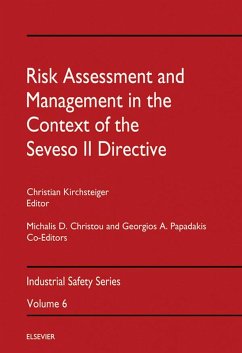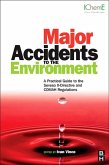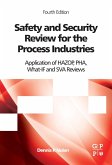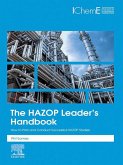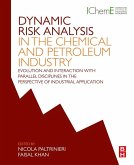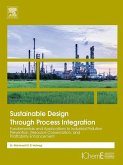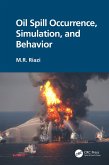The "performance based" and "goal oriented" regulatory requirements of the European Council's new "Seveso II Directive" for the identification of large scale industrial hazards, prevention of sudden and uncontrolled releases of dangerous substances from industrial plants and mitigation of serious consequences of industrial accidents to people and the environment are examined. The fact that risk assessment and management are key elements to such forms of regulation is also demonstrated.
While the "Seveso II Directive" defines "what" has to be achieved on the control of major hazards involving dangerous substances within the European Union, the methods of risk assessment and management give guidance on "how" to achieve it. The text provides a practical guide for decision-makers in regulatory bodies and companies with a non-technical background. Scientists and engineers who are not yet familiar with the concepts of risk assessment and who want a survey of some fundamentals of, and principal results from, risk assessment studies and approaches primarily for applications in the context defined by the "Seveso Directives" will also find this book invaluable.
Dieser Download kann aus rechtlichen Gründen nur mit Rechnungsadresse in A, B, BG, CY, CZ, D, DK, EW, E, FIN, F, GR, HR, H, IRL, I, LT, L, LR, M, NL, PL, P, R, S, SLO, SK ausgeliefert werden.

